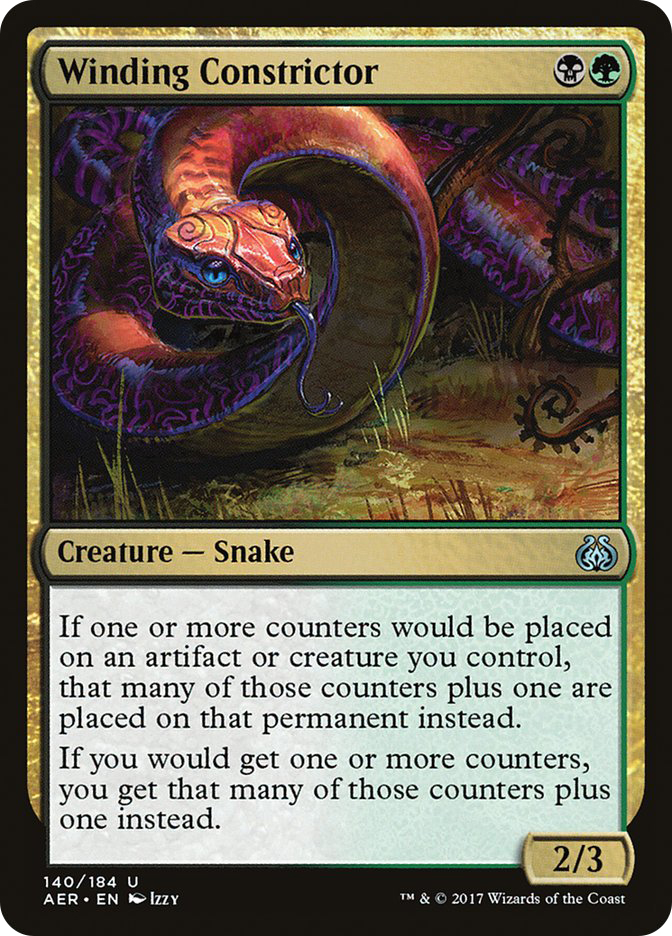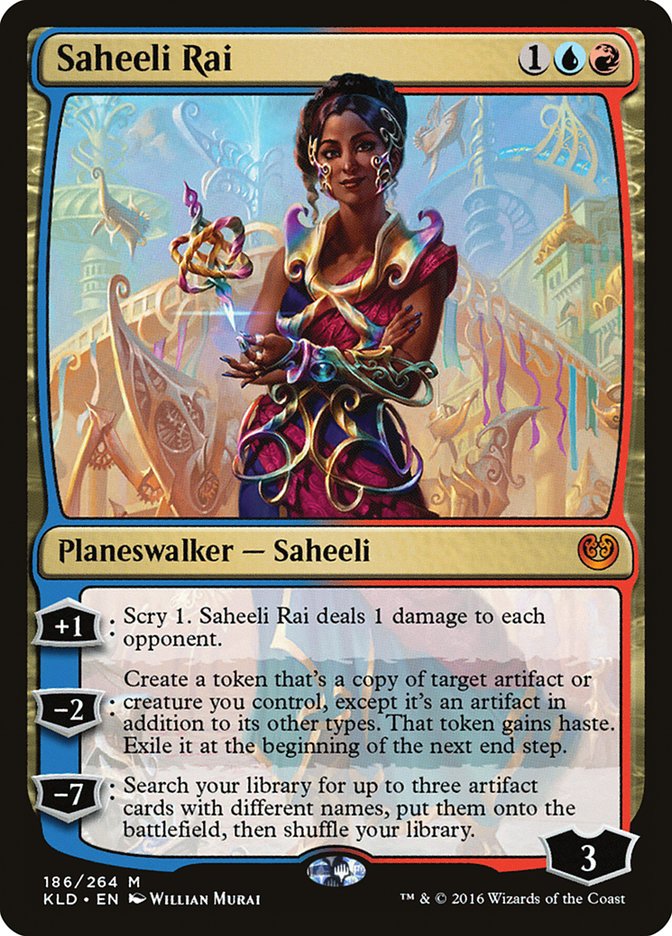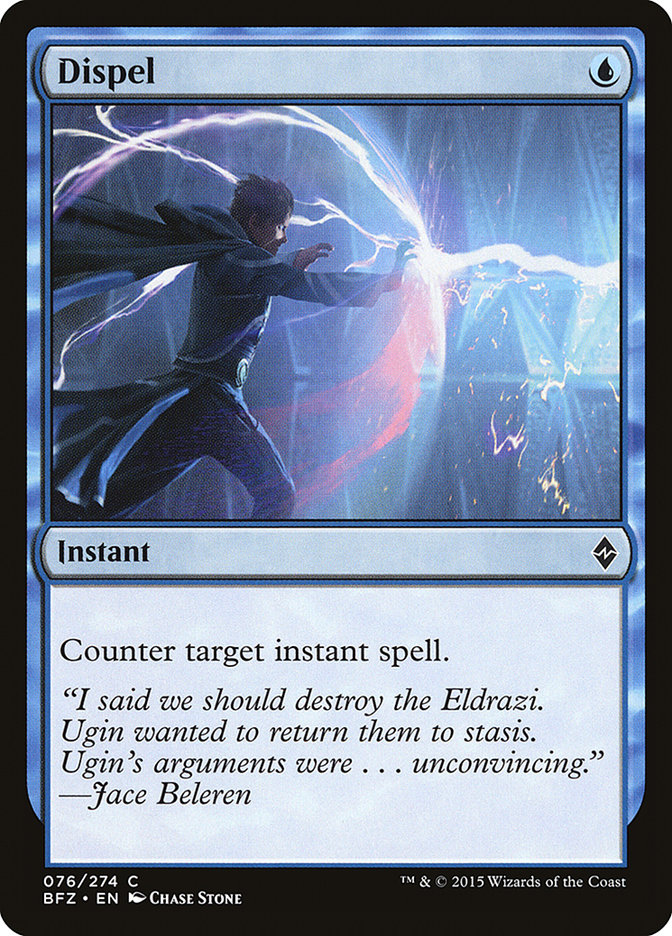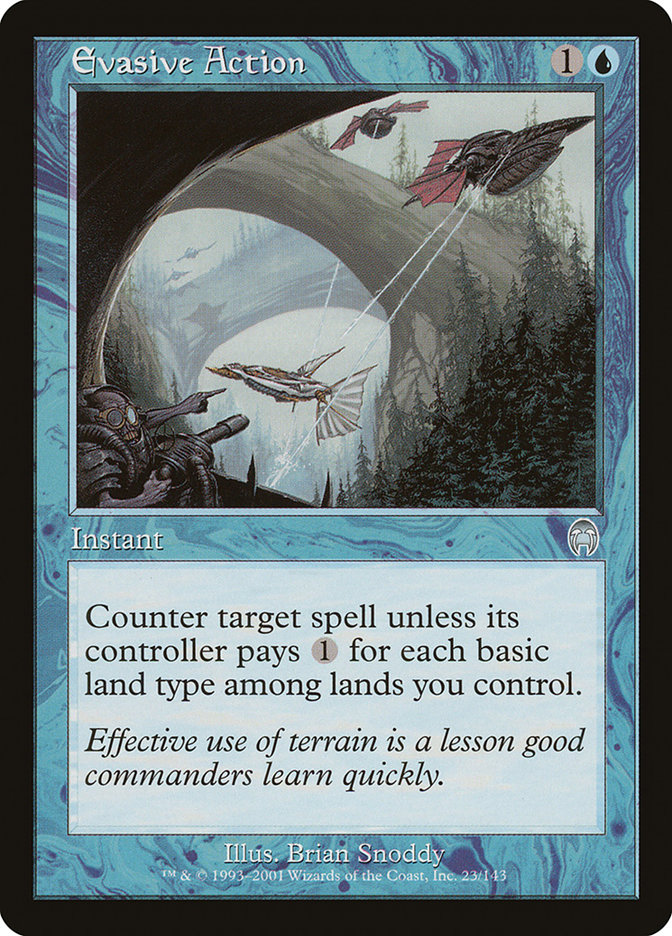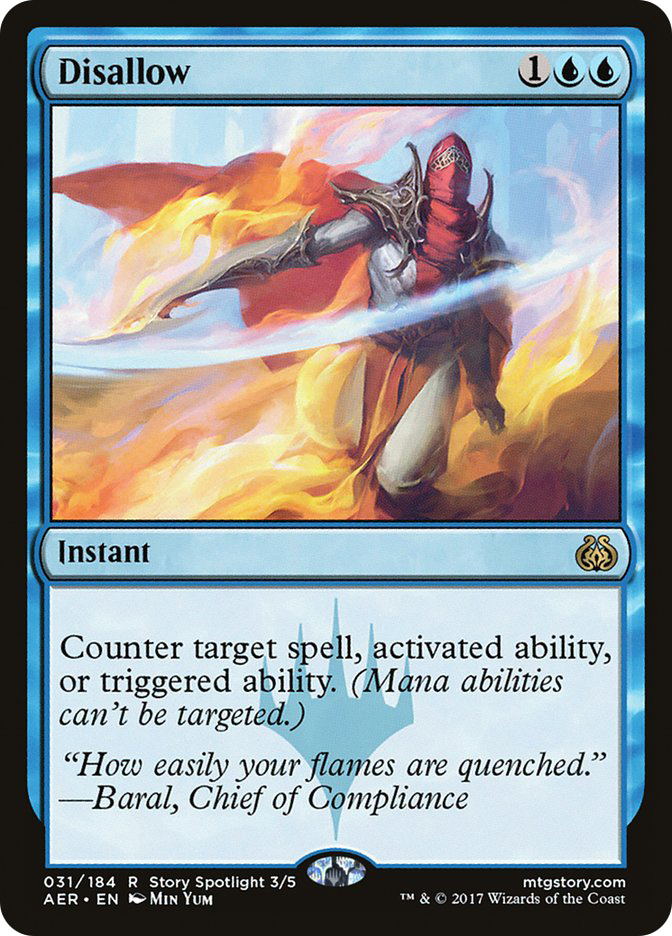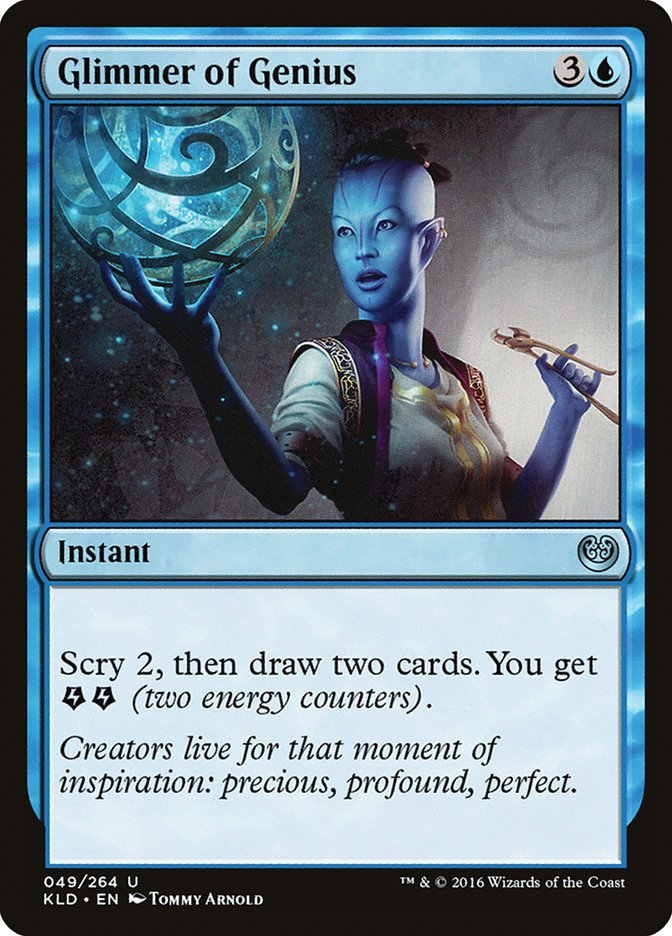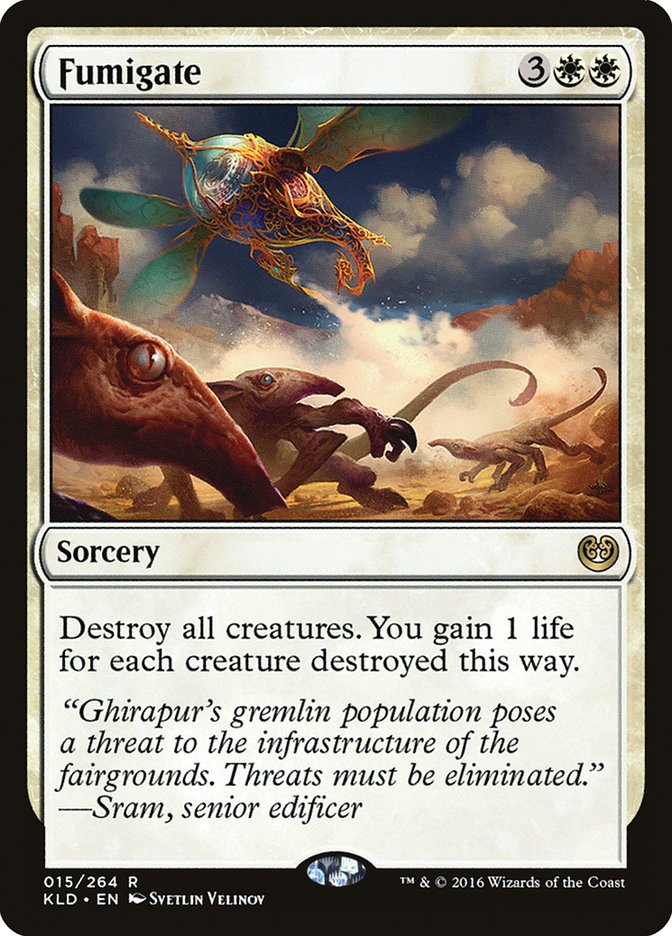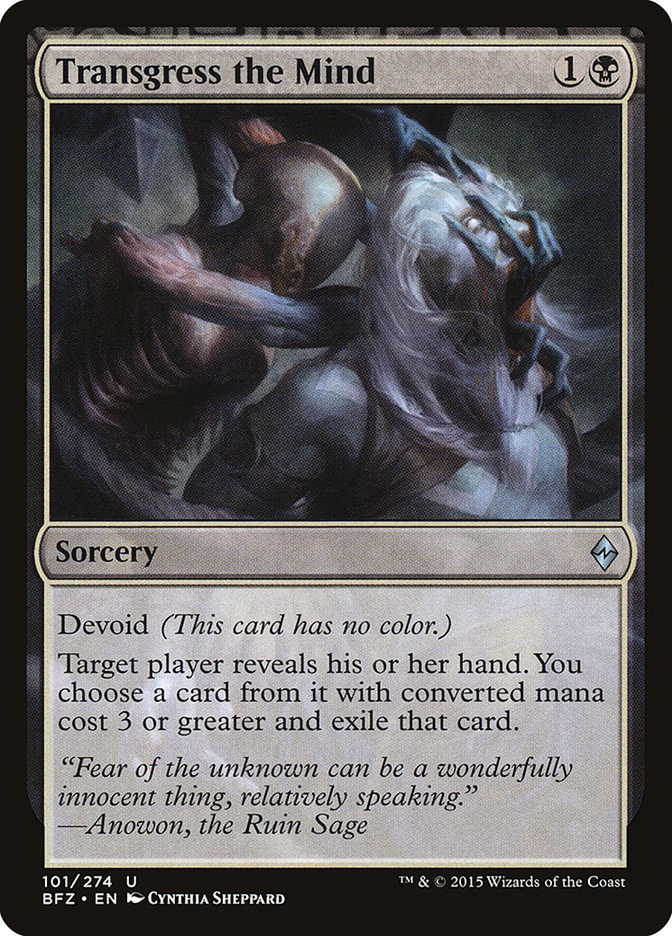We’re only two weeks in and Aether Revolt Standard already doesn’t bear even a passing resemblance to Kaladesh Standard. I guess the ability to make arbitrarily large numbers of Cats will do that, not to mention the loss of three of Standard’s most-played cards. Regardless, Aether Revolt has made a strong case for itself as the most impactful small set ever. Not just the specifics of Standard have changed; the entire tenor of the format has radically shifted. Kaladesh Standard was a war between aggressive decks and midrange strategies, with W/U Flash and B/G Delirium leading the charge. Now the battle is between midrange and control, with a fundamentally different G/B deck opposing newcomer Jeskai Saheeli.
Sure, control existed in the format previously. Torrential Gearhulk certainly saw some play in Kaladesh Standard, but it wasn’t nearly the force it’s looking to be nowadays. At SCG Richmond, eight of my thirteen matches were against a Torrential Gearhulk strategy.
That’s completely unreal. Not that all eight matches were against the Jeskai Saheeli menace; my diverse array of Torrential Gearhulk opponents also included U/R, Esper, and Jeskai without the Saheeli combo. Pro Tour Aether Revolt is next week and there’s certainly a chance control won’t show up, but if I were a betting girl, my money would be on an impressive performance from Torrential Gearhulk and friends.
To succeed at Aether Revolt Standard, there’s no way around it: you must be comfortable staring down counterspells and card draw. Playing against control can be an absolutely miserable experience. When the games go poorly, you don’t get to have any fun. Every spell you try to cast gets countered, every creature that hits the battlefield gets blown up in short order, and you live in constant fear of a sweeper. Meanwhile, your opponent is just sitting there with this stupid grin on their face, having the time of their life drawing cards and telling you no. What a jerk.
The flip side to this misery is that playing against control can also be one of the most rewarding experiences in Magic. There is no better feeling than successfully walking the tightrope between applying sufficient pressure to win the game before things get out of control and keeping enough in reserve to rebuild after they inevitably find a way to stabilize. Incentive structures are tricky things, and the extreme dichotomy between how good beating control feels and how awful losing to it is has led the Magic hive mind to develop a bizarre set of myths around how to beat control. Listening to these myths blindly preserves the feel-goods when you win and minimizes the feel-bads when you lose, as you convince yourself you did everything right.
Excellence in Magic is about believing what’s correct, not what’s easy, so let’s get to work dispelling some of these myths.
Truth: the ultimate weapon against control.
Myth #1: The way to beat Control is to overwhelm them early.
There’s this idea floating around that, since control strategies want the game to go as long as possible, when you are playing against them, you want the game to be as short as possible. This idea makes intuitive sense and shares roots with the fundamental Chess and Go precept that the best move for your opponent is often also the best move for you. In zero-sum two-player games like Magic, Chess, and Go, thwarting what your opponent wants to do is just as important as advancing your own gameplan.
And yetI’ve made my name in Magic by finding ways to go toe-to-toe with control decks in the late-game.
There’s a big difference between Magic and Chess or Go: the game begins before the players sit down at the table. It’s not as easy in Magic to just say that the best thing you can do is to stop your opposition from doing what they want to do. Your opponent came to the table ready to execute their gameplan, but you would be forfeiting a lot of equity if you were perfectly ready to stop this exact opponent from doing so. When you’re in a hugely polarized matchup, like Mono-Red Aggro against U/W Control, winning as quickly as possible is exactly what you need to do. The rest of the time, accepting that your control opposition will successfully prolong the game and finding ways to maneuver within that restriction is the way to go.
Practically, what this means is that you need to slow down your battlefield development when playing midrange decks against control. It can be very tempting in these matchups to go for the old two-drop, three-drop, four-drop knockout punch, but the reality is that kind of curve is exactly what control strategies are built to beat. No matter how hard you try, speeding up a midrange deck enough to slip under a control deck is a very difficult proposition. To gauge how much pressure I need to be applying, I use the maxim “minimum sufficient pressure.” We do need to move the game toward a conclusion, but it doesn’t have to be as quickly as possible. Right now in Standard, my line is at about three damage a turn. If my battlefield is letting me hit for about three points every turn, I’m comfortable sitting back and waiting until they answer the battlefield I have.
We can’t just be wasting mana, though. To successfully survive in the late-game against control decks, we must have access to ways to use our mana productively that doesn’t commit more resources to the battlefield. Fortunately, in modern-day Standard, mana sinks are more or less a staple of midrange decks. Take a look at the list I played at SCG Richmond:
Creatures (25)
- 4 Catacomb Sifter
- 3 Duskwatch Recruiter
- 4 Verdurous Gearhulk
- 3 Servant of the Conduit
- 4 Winding Constrictor
- 3 Rishkar, Peema Renegade
- 4 Walking Ballista
Planeswalkers (3)
Lands (24)
Spells (8)

My list has a lot of ways to use mana without committing too much to the battlefield. The activated abilities on Duskwatch Recruiter and Walking Ballista are obvious, but the importance of Hissing Quagmire cannot be overstated. Creature-lands are a fantastic way to apply additional pressure without over-developing your battlefield. Nothing gives me greater pleasure then calmly firing up my creature-land for the third turn in a row in lieu of playing any of the threats in my hand. Watching your opponent realize they have to pull the trigger on a Fumigate as a mere one-for-one is a truly life-changing experience.
Let’s talk sideboarding against control. We’ve decided we are not interested in presenting an over-developed battlefield in the hopes of a quick and easy win. This will affect how we sideboard. Winding Constrictor is one of the foundational pieces of G/B Aggro right now. It’s very powerful, and absolutely the heart of the deck, and yet in control matchups I would drastically reduce the number of Constrictors in my deck post-sideboard, down to one or two. What gives?
Synergy cards like Winding Constrictor that encourage additional battlefield development work at cross purposes with the go-long gameplan we’ve been talking about. A 2/3 for two mana is not an impressive card, but if we are focused on applying minimum sufficient pressure, that’s exactly what Constrictor is. The Snake can only do so much work without many friends, so ship them over to the sideboard for Games 2 and 3. Rishkar, Peema Renegade was another common card to come out for me in these matchups, as I was actively seeking to minimize my battlefield presence.
A quick aside on the list I played before we move on to the next myth: I really liked how it played and would recommend it for local events in this upcoming week. After that, Standard hinges on how the Pro Tour goes, but I hope to continue to spin Duskwatch Recruiter for many weeks to come.
Myth #2: The way to beat counterspells is to jam threats until they run out of answers.
Let’s beat them at their own game.
I hear this argument often, and it frustrates me every time. Somehow, players let the fact that “the only way to get a counterspell out of their opponent’s hand is to let them use it” turn into the idea that they are supposed to be fearless in the face of potential countermagic, as something’s going to be countered no matter what they do. This idea is extremely wrongheaded and throws away an enormous amount of equity.
Think back to when you started to understand what was important in the game of Magic. At some point, you were likely introduced to the idea of the mana curve. Try to recall how mind-blowing that idea was the first time you fully understood the fact that using as much of your mana as possible every turn was more important than playing objectively better cards. The first time I cut a three-drop I thought was fantastic for a two-drop I didn’t like at all, I felt like a genius. Mana is the soul of Magic.
Now apply this idea to control decks. Their curve is reactive and not proactive, and that changes everything. Control players don’t have the luxury of just getting to cast their two-drop on turn 2 and their three-drop on turn 3. They need you to play into their curve, to give them the opportunity to spend their early mana.
That’s a lot of power ceded to their opposition, but this is a trade-off control decks must make to ensure they survive to the late-game. But when you decide your best course of option is to burn through all their countermagic as soon as possible, you reject that power. By choosing when to let them deploy a counterspell, you can add another axis to the battle, engaging your control opponent in an intense tempo war.
What does this idea look like in practice? Right now in Standard, a very common application is to make no play on the turn after their third land drop. Whatever you cast on that turn is likely to just get Disallowed, so just sit tight for a turn. Then, next turn, when they have four open mana, go ahead and cast your threat. Now they have to choose between countering your threat and casting their Glimmer of Genius. Maybe that doesn’t seem like a big deal, but let me assure you that it is.
The early-game against control decks is kind of like a game of tug-of-war. You pull the rope closer to you every time you try to stick a threat, and they pull it back every time they answer your threat. But the longer the game goes, the stronger each of your pulls gets. Think of it like more players being constantly added to both sides of the rope. Now, if one side stumbles, the rope isn’t going to move just a little bit. No, the rope is going to fly over to the other side, deciding the game instantly.
Disrupting your opponent’s reactive curve is like delaying when you’re going to set their side of the rope on fire. If you do it right away, they will be able to put out the fire and pick the rope back up before you manage to pull it to your side. Do it after both teams have ten players, and the rope will be on your side before they can even start to look for some water. Control decks don’t play card draw for the fun of it; they play it because they need it to enable being as reactive as they are. By starting to jam threats a turn later, you can often get them to stumble when you are trying to resolve a five-mana spell instead of a three-mana spell, and that’s often enough to win you the game.
Myth #3: The cards to worry about out of control decks are the interactive spells.
Here’s a scenario for you: early in the game, you cast Transgress the Mind against a Jeskai Saheeli opponent and have a choice between Glimmer of Genius and Fumigate. Which do you take?
Outside of exceptional circumstances, I believe it’s unequivocally correct to take the Glimmer of Genius. Sure, Fumigate might feel like the card that is going to be the biggest problem, but Glimmer of Genius is what’s actually going to beat you. I alluded to this before, but control decks aren’t playing card draw spells for laughs. They play a vitally important role in overcoming the inherent card disadvantage of making as many land drops as control decks want to make. Depriving control strategies of their sources of card advantage weakens their ability to take control of the game exponentially.
If you take the Fumigate, you are putting yourself on a plan of ending the game quickly. You are going to cast every threat you draw as soon as you can and hope beyond hope that Glimmer of Genius doesn’t draw them into a second Fumigate. Or a Torrential Gearhulk for their Harnessed Lightning. Or a Baral’s Expertise. Or…well, you get the idea. Fumigate wasn’t the end-all be-all of their potential ways to make sure they reach the end-game.
But taking the Glimmer of Genius denies them their ability to find their interaction. Sure, they have a Fumigate. If your deck folds to a single Fumigate, you may need to reconsider what you are doing. One sweeper effect is beatable. Attacking their ability to make land drops and find the answers they need is going to net you far more equity than depriving them of a solitary Wrath effect. Against the current breed of Standard control decks, I consider Torrential Gearhulk to be the most important card, followed closely by Glimmer of Genius. Context can get those two to flip in value, but both are always head and shoulders above the rest of the cards.
If we’re planning on entering the late-game against control, we need to plan for that. Trying to punk them out by Transgressing a sweeper and ending the game as quickly as possible will work some of the time, but not enough to make it the right play. It can often look tempting. Maybe every other card in their hand was a land, and your hand is explosive. Winning before they draw into an answer looks extremely possible in a case like that.
Don’t be tempted. Make the disciplined play. Your win rate will thank you for it.


